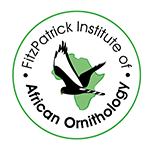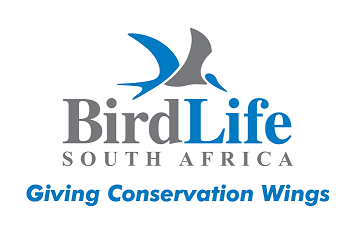CAR summary data
Habitat and noted behaviour
Sightings per Kilometre
Please note: The below charts indicate the sightings of individuals along routes where the species has occured, and NOT across all routes surveyed through the CAR project.
Regional Status


IUCN Data (Global)
IUCN 2024. IUCN Red List of Threatened Species. Version 2024-1
(www)Assessment year: 2024
Assessment Citation
BirdLife International 2024. Ardea melanocephala. The IUCN Red List of Threatened Species 2024: e.T22697008A264971450. Accessed on 09 December 2025.
Habitats:
Behaviour Although populations of this species breeding in the equatorial zone of Africa are largely sedentary other populations are partially migratory and move in relation to the timing of the dry seasons (del Hoyo
et al. 1992). The species nests in small mixed-species colonies of up to 200 pairs with breeding activities peaking during the rains (del Hoyo
et al. 1992). The species is usually a solitary forager, but may occasionally congregate into loose feeding flocks (del Hoyo
et al. 1992, Kushlan and Hancock 2005) and commonly roosts in groups of tens to hundreds of individuals (Kushlan and Hancock 2005). Individuals may travel over 30 km daily between preferred feeding grounds and roosting sites (del Hoyo
et al. 1992).
Habitat The species inhabits marshes (Hancock and Kushlan 1984, del Hoyo
et al. 1992) with reed and papyrus beds (Brown
et al. 1982, del Hoyo
et al. 1992), the margins of rivers and lakes, estuaries (del Hoyo
et al. 1992), coastal creeks (Hancock and Kushlan 1984) and flats (Kushlan and Hancock 2005), temporary pools (Hancock and Kushlan 1984) and natural savannas or artificial grasslands (Kushlan and Hancock 2005) including damp open pastures, moist grassland and cultivated land (del Hoyo
et al. 1992).
Diet Its diet consists of terrestrial and aquatic insects (del Hoyo
et al. 1992) (especially Orthoptera), earthworms (Kushlan and Hancock 2005), crabs (del Hoyo
et al. 1992), Arachnids (e.g. scorpions and spiders) (Kushlan and Hancock 2005), small mammals (e.g. rats, water voles, musk-shrews (Kushlan and Hancock 2005) and mice (Hancock and Kushlan 1984)), lizards, snakes, frogs, birds and fish (Hancock and Kushlan 1984, del Hoyo
et al. 1992, Kushlan and Hancock 2005). Insects are the most important prey item for the species during the rains, although these become less important as grasslands dry out (Kushlan and Hancock 2005).
Breeding site The nest is a platform of sticks usually positioned high in trees (del Hoyo
et al. 1992) (e.g. eucalyptus, baobab, acacia, fig or palm) (Brown
et al. 1982) or in reedbeds (Brown
et al. 1982, del Hoyo
et al. 1992), papyrus beds, floating islands of papyrus or on sandstone ledges (Brown
et al. 1982). The species nests in colonies with up to 35 pairs nesting in one tree (Brown
et al. 1982).
Management information In Cameroon the re-flooding of a desiccated flood-plain twinned with an increase in rainfall and colony protection resulted in a increase in the number of breeding pairs of this species (Scholte 2006).
Population:
The global population size is estimated at 100,000-500,000 individuals (Wetlands International 2023), which equates to 66,700-333,000 mature individuals. The overall population trend is suspected to be decreasing over three generations (18 years) (Wetlands International 2023).
Threats:
Utilisation The species is hunted and traded at traditional medicine markets in Nigeria (Nikolaus 2001).
Rationale:
This species has an extremely large range, and hence does not approach the thresholds for Vulnerable under the range size criterion (Extent of Occurrence under 20,000 km² combined with a declining or fluctuating range size, habitat extent/quality, or population size and a small number of locations or severe fragmentation). The population size is very large, and hence does not approach the thresholds for Vulnerable under the population size criterion (under 10,000 mature individuals with a continuing decline estimated to be over 10% in ten years or three generations, or with a specified population structure). Despite the fact that the population trend appears to be decreasing, the decline is not believed to be sufficiently rapid to approach the thresholds for Vulnerable under the population trend criterion (over 30% decline over ten years or three generations). For these reasons the species is evaluated as Least Concern.
Trend justification:
.
Trade use:
This species has been reported as used in trade at a low prevalence, being found in two of the seven trade datasets evaluated (Donald et al. 2024).


 Login
Login


